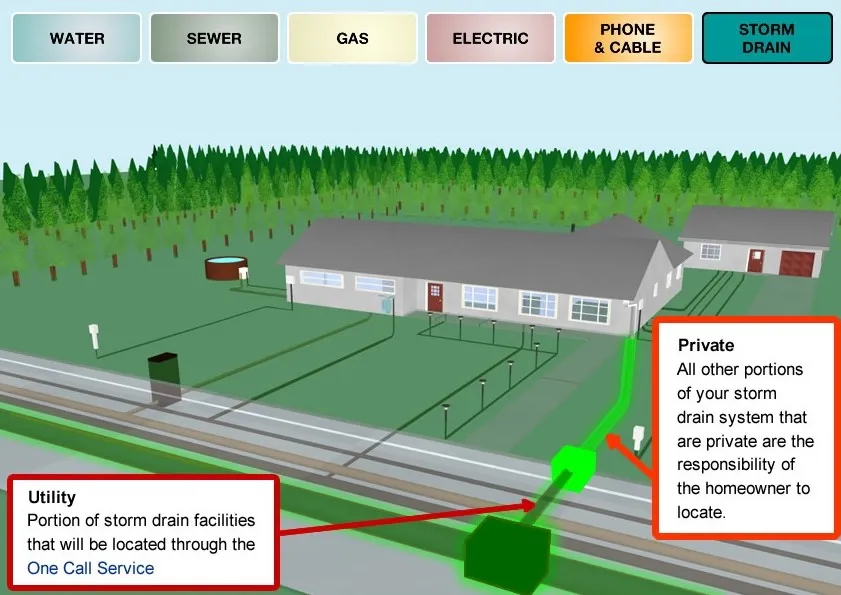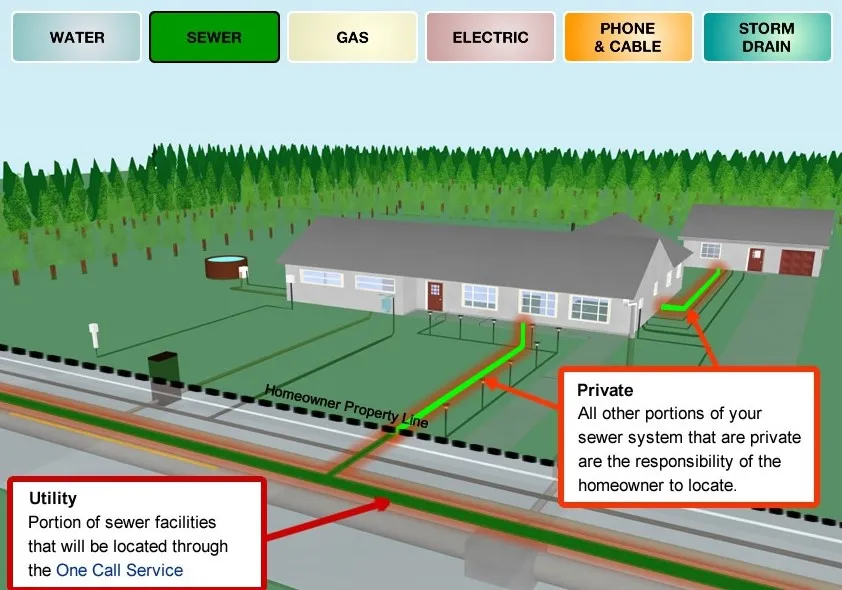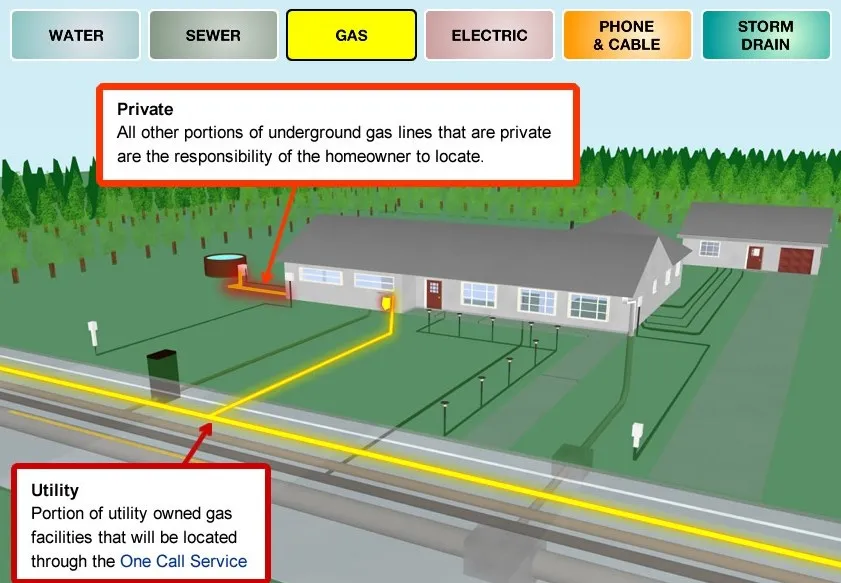If you want to know about the nature with landscape or about landscape or Japanese landscape, please click the link.
Utilities play an important role in landscape development as they are necessary for providing basic services such as water, electricity, and gas to residential, commercial, and industrial properties. Utilities can also have an impact on the overall design and function of a landscape.
- Designed integration of structures and elements related to external services (underground and over ground utilities) with landscape is most essential for any outdoor space.
- The following services, generally, are the subject of design coordination work for external areas:
1) Stormwater drainage

- Stormwater network.
- Open drain and swale.
- Subsurface drainage system.
- Catch basin and manholes.
- Culvert and bridge.
- Percolation pits.
- Water harvesting units.
- Retention walls and tanks.
- Connection of all service lines up to out- fall; and
- Other related structures.
2) Sewage disposal system

- Sewerage network.
- Manholes, inspection chambers and grease trap.
- Septic tank, soak-pits, sewage treatment plant and root zone unit.
- Solid waste management units.
- Connection of all service lines up to out- fall; and
- Other related structures.
3) Water supply (including irrigation)

4) Fire lines
- Yard hydrant lines.
- Yard or fire hydrants and hose reel box.
- Fire water tank and pumps; and
- Inspection chamber and valve chamber.
5) Electrical works

- Electrical network.
- Light fixtures for road, pedestrian paths, special landscape features and building façade.
- Inspection chambers, junction boxes and feeder pillars.
- Electric poles, high voltage lines and towers.
- Transformer, substation and distribution box; and
- Other related structures.
6) Telephone and underground cable network

- Telephone network;
- Inspection chambers;
- Telephone poles, transmission towers; and
- Other related structures.
7) Fuel and gas line

- Supply network;
- Inspection chamber and valve chamber;
- Fuel tank and gas tank; and
- Other related structures.
8) HVAC
- Ventilation shafts for basement ventilation; and
- Chiller and cooling towers.
9) Guidelines for utilities in landscape plan
The following guidelines shall be applied for the designed integration of external services networks and elements in the landscape proposal:
- Manholes and inspection chamber covers for all external services should be adequately designed for the imposed load (pedestrian or vehicular) and the top finish level has to be in alignment or flushed with the pavement or finished ground level. The alignment of these structures should be such that it is in geometric perpendicular or parallel with adjacent building or landscape. This would facilitate easy and unobstructed movement for pedestrians and increase the accessibility for wheelchair users in public place and also aid the landscape geometry to be maintained.
- Fire hydrants should be prominently located and integrated with the Aesthetically designed fire hose cabinet with clear access as per statutory norms for fire safety, to be located in geometric relation with adjacent building or landscape lines. These structures should not be a hindrance to vehicular or pedestrian movement.
- Irrigation hydrants should be unobtrusively located and generally at the edge of shrub planting and additionally in close proximity to a drainage chamber or catch basin to avoid waterlog. Hydrants should not be located inside the chamber to minimize waterlog from leaking pipes causing various health related hazards. Hydrants should be located 200 mm above the ground level.
- Landscape lighting is a specialized activity and illumination consultant, or designer should develop the landscape lighting plan taking into consideration energy saving measures, safety aspects, lighting pollution and illumination level. Light fixtures are an important part of street furniture, and it is advisable to use pole mounted light fixtures for public landscape than bollards that are prone to vandalism and damage.
- Water body and fountains in public spaces should have filtration facility to avoid health hazards related to stagnant water. The piping should be concealed and the pump room, balancing tank and all other service structures to be designed as an integral part of landscape.
- Storage facilities for inflammable liquid fuel and gas should be designed as an integral part of the landscape and should be housed in designed enclosures taking into consideration all statutory norms these structures are subjected to.
- All underground service lines have to be well coordinated and stacked appropriately in the design stage to avoid overlaps and marked with indicators above the ground for ease in maintenance and servicing. Underground service stacks should be generally aligned in soft areas with no tree plantation, this would facilitate easy maintenance without disrupting the hard surface.
- Designed façade for service structures that are above the ground in external areas is advisable so as to assist in developing aesthetically pleasing exterior environment. Such structures should be designed in a modular way so that it would be part of the street furniture.
Overall, utilities play a significant role in landscape development and must be carefully planned and installed to ensure safety, functionality, and sustainability.